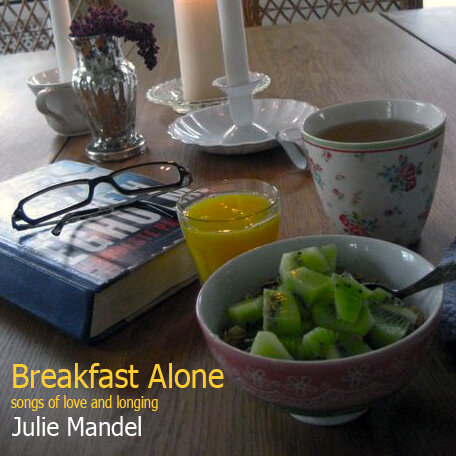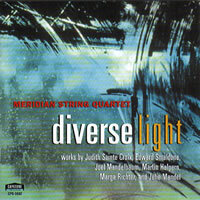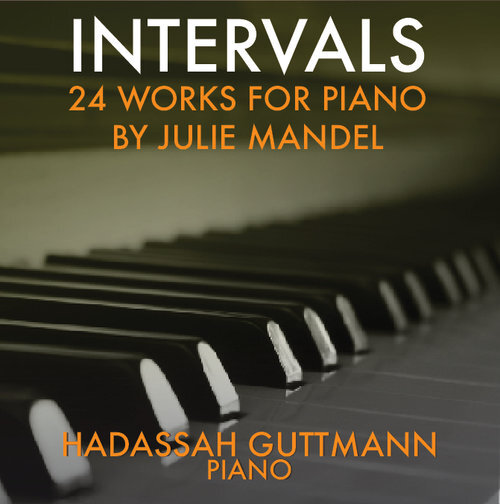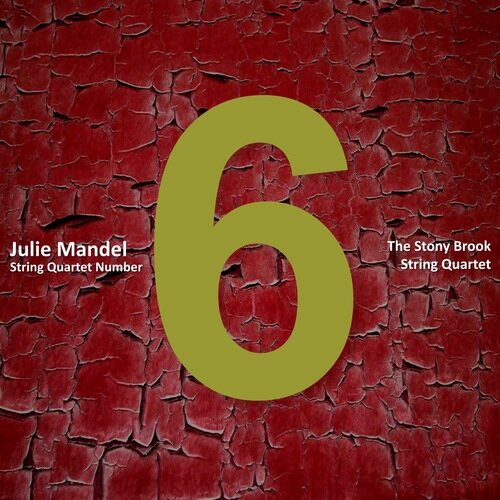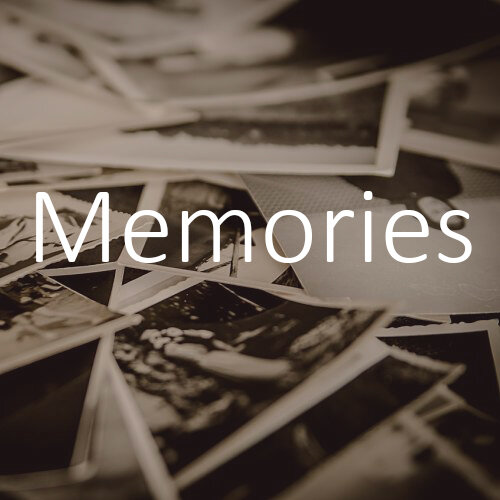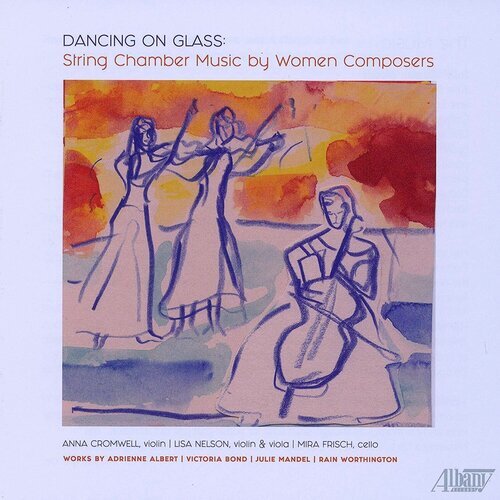A Foot In Two Worlds
From the time she won a composer’s competition at UCLA in both the Popular and Classical categories (1st and 2nd place in the songwriter’s category, 2nd place in the classical one), Julie Mandel has had a foot in two worlds. As a composer and lyricist for popular music and musical theater she was under contract to songwriter Frank Loesser’s publishing company Frank Music, has written a dozen musicals with various collaborators including her husband David Dachs, several children’s records, and over 450 songs. At the same time, she has continued to write string quartets, chamber music, solo works, art songs, and choral works. Her work has been performed and recorded by a wide range of artists and ensembles.
Early Years
Born in New York, her family moved from Brooklyn to Los Angeles when she was twelve and she spent her teens and early 20’s in the very diverse East LA neighborhood of Boyle Heights. She went to Roosevelt High School where she had the good fortune to have Elthea Turner, who was a composer and was once a MacDowell Colony Artist, as her music teacher. As a result, she had classes in harmony, counterpoint and composition, classes that were usually not given until college. With three classmates Julie formed The Sailorettes, a four-part harmony singing group that arranged and performed popular songs, an early expression of her deep love of harmony. Her graduating class of 1941 was the last to graduate before the Second World War and included Mexican, Japanese, Jewish, and Black students. Within just a few months the 400 Japanese students would be rounded up with their families and sent off to detention camps for the duration of the war.
Click any image to enlarge…
After High School she studied music for two years at LA City College. One of her instructors recommended studying with Eric Zeisl privately, one of several Viennese modernist composers to have fled the Nazis and ended up in Los Angeles. In a comment that would become all-too familiar, Zeisl introduced her to his brother Willy, saying “she’s my best student and she’s a girl, but she writes like a man”.
First Foray Into New York
When in late 1944 or early 1945 her cousin Evelyn invited her to come stay with her and her parents in Brooklyn for a while, Julie jumped at the chance. “I had learned that the Brill Building was full of music publishers, so when I went looking for a job, I decided I’d try to get one with a music publisher, so I went to the Brill. After going to a few of them asking for work, one of them told me he had heard that Music Publishers Holding Corporation needed someone, so of course I immediately went over there and voila! I got the job! I remember being delighted to learn that this was the firm that published Gershwin’s songs! The job I had there was secretary to their publicist who was a really nice woman. I got to know the editor Frank Campbell Watson, and when he learned I was a music major he gave me some assignments doing vocal arrangements of music for publication”. Music Publishers Holding Corporation was in the RCA building at Rockefeller Center nearby.
This opportunity was sadly cut short in April of 1946, when she had to return to L.A. because her father had become ill and soon died. Rather than leave her mother alone in L.A. Julie got a job at MGM working as an assistant to the one of the few women in Hollywood writing for film, radio, and television, Jean Holloway, while she was working on movie musicals like Till the Clouds Roll By, Summer Holiday, and Words and Music. After work she took night classes at LA City College because she heard that another notable Viennese composer, Ernst Krenek, noted for his twelve-tone approach, was teaching composition. Her pieces for Krenek included a four-part twelve-tone fugue, and later in the early days of MIDI sound modules, she transcribed it and recorded it with a synthesized Flute, Horn, Viola and Cello.
During this time Julie was also collaborating with Cecile Samuels on music and lyrics for over twenty songs for a proposed musical revue, including songs intriguingly named “Poor, Poor Mentally Deranged”, and “Gently Sir, It’s Mothers Day”.
After a couple of years Holloway left the studio to work at home and didn’t need her full time, so Julie decided to go back to school and enrolled at UCLA in the music department. UCLA didn’t let her take any music classes until she fulfilled some basic academic, like calculus and a language, which she’d neglected before, focusing mainly on music classes.
In her first year there a composition competition was held at UCLA, and she submitted entries in both the Classical and Popular categories. She won Second Prize in the classical category. The famous songwriter, conductor and arranger Johnny Green (Body and Soul, I Cover The Waterfront), judged the Popular music competition, and awarded her First and Second Prize. He took her aside and said “You were your only competition. So what do you want to do, teach?”. When she replied, “No I want to write shows”, he said “Then what are you doing in college? Go to New York”. She did, in 1950, and has been here ever since, working in several genres.
Julie recalls that “the two songs that I entered and won in that UCLA contest were written in NY just before my folks asked me to return to L.A. A college friend of Evelyn’s, Helen Eisenkoff, had written the lyrics with me. The three of us were writing a musical titled Everybody’s Moving Uptown.” The songs were Its Simply Love, and Its You I want.
Return to New York
Julie moved to New York permanently in 1950, moving into an apartment at 85 Barrow Street in Greenwich Village with cousin Evelyn and another friend. She later wrote a wonderful song called Barrow Street about arriving in that apartment for the first time in a show she started many years later called Alone. On her very first night back in New York she met David Dachs who she’d soon marry, and that too became a song.
Barrow Street Apartment
Within a few days of arriving in New York she came across an ad in a trade paper looking for a composer and lyricist to write a new musical based on Kaufman and Hart’s great comedy Once In A Lifetime and she applied. “At the audition I played those two songs I won the competition with at UCLA, and they got me hired to write Once In A Lifetime. For the first time in my life, I was being paid to write words and music for a musical and I’d never written lyrics alone before! I don’t know how I had the courage to accept the offer, but it never occurred to me I couldn’t do it! After all, I had grown up knowing and loving lyrics by Cole Porter, Larry Hart and Ira Gershwin! How’s that for chutzpah!”
The producers were a group of young performers and producers calling themselves The Fifty. Having no piano in the second-floor apartment, the producers had an upright delivered – through the window. She was in heaven - she wrote all day and they rehearsed what she’d written at night. They paid her $20 a week to write the score. When funding for the project came up short the cast raised money by donating blood! This was before off-Broadway existed, and the show was performed at Carnegie Recital Hall and then in summer theater. The show was directed by Michael Case who would go onto a career in early television, and Vivian Smith, who danced in the original Oklahoma! and was Agnes De Mille’s assistant, was the choreographer.
In 1952 about a year after marrying writer and publicist David Dachs whom she met on her first night in that Barrow Street apartment, she was hired at a resort called Green Mansions in the Adirondacks which was well-known for its theatrical and musical performances. Other Green Mansions alumni included people like composer Sheldon Harnick, Zero Mostel, Jack Gilford, and Carol Burnett. The Group Theater had spent the summer of ‘33 there, and they performed Clifford Odets first draft of Awake and Sing. During the McCarthy era they hired a lot of blacklisted talent. Julie was hired by Mickey Ross, the comedian was Bernie West. The two of them would later go on to pitch the idea for the TV show All in Family and write and produce it for Norman Lear. The resident composer and lyricist had to turn out songs and special material for a talented company of performers each week, which was a lot of pressure but excellent training. Julie accepted a lower salary so that her husband David could come with her.
The rehearsal pianist was Charlie Strouse (later the composer for Bye Bye Birdie, Annie, and many other musicals). In addition to Bernie West, another featured performer that summer was Faith Dane who later originated the bugle-blowing burlesque stripper Miss Mazeppa in Gypsy on Broadway and the film. The cast also included Bambi Lynn who acted and danced the role of Louise in the original 1945 Broadway stage production of Carousel and her husband and dance partner Rod Alexander was the choreographer. Fred Voelpel, who continued to work on Broadway and in film through the 1980’s was the set and costume designer.
Back at the Brill
In the 50’s, before the singer-songwriter concept had evolved as it would in the 60’s and the power shifted to the recording labels, music publishers were the gatekeepers and connected singers and bands with new material from their stable of composers and lyricists. Without representation by a publisher a songwriter didn’t have a chance of getting their work performed or recorded. Most of the music publishers had offices in the famous Brill Building at 1619 Broadway at 49th Street.
Julie made the rounds of the Brill Building publishers along with people that would become close friends like Dick Miles (a composer, best known for They've Got An Awful Lot Of Coffee In Brasil), Mack Discant (lyricist, known for lyrics to Max Steiner's Theme From A Summer Place) and John Benson Brooks (You’ve Come A Long Way From St. Louis). Publishers viewed her as an oddity – there really weren’t any women writing music and lyrics in those days, just Dorothy Fields, Mary Rogers and Betty Comden writing lyrics. They were constantly calling other guys over, like “hey Joe, you gotta see this” as if to say “look it’s a girl and she writes music”. While they were curious, they also didn’t quite know what to do with her. It was very much a boys’ club in the Brill Building.
One publisher, Weiss and Barry, seemed to like her work, but kept saying things like “it sounds like a show tune, not a pop song” or ‘I love it but it’s not commercial”, which led to her wonderful cry of the heart, the song Its Commercial. When she played them David Means Love they said “yeah, its great, but David’s just not a popular name”. They were helpful to her, though, and gave her assignments to write lyrics for some songs which were actually recorded, but she never met the composers. These included Back In My Arms recorded by Nat King Cole, Tell It To Me Again recorded by Frankie Lester, Don Cherry and the Percy Faith Orchestra, and June Valli with Henri René And His Orchestra, Be A Little Delicate Hey recorded by the Peppermints, and Saturday Lover - Sunday Stranger recorded by Joan Weber. In the late 70’s there was even a reggae version of Back in My Arms done by Danny Ray!
Click to play . . .
During this period, she was also working on scores for musicals with books by her husband David Dachs. The scores to Love From Sandy and Miss Seedless Raisin were done in this period, one an adaptation of a 1953 novel by Elwynne Berger about an 18-year old American girl who spends a year at an English University, and the other an original show sending-up the world of advertising and its exploitation of the female form to sell anything and everything.
Frank Music
In 1950 Frank Loesser, an American songwriter who wrote the music and lyrics for the Broadway musicals Guys and Dolls, and How to Succeed in Business Without Really Trying, started a publishing company called Frank Music to maximize his control over his own work. In 1956 they decided to expand the company to handle other people’s work and Lynn Loesser, Frank’s wife, started interviewing songwriters for Frank Music. Julie managed to get an appointment and, with David in tow for moral support, played Lynn a bunch of songs. Lynn was impressed with what she heard and called Frank and said I have someone here you have to meet. They all bundled in a cab and went to the hotel where he was working on writing Most Happy Fella. The walls were covered with fruit-crate labels for inspiration for that show, set in the Napa Valley. There was a piano, of course, and she sat down and played and sang through her songs for Frank and Lynn. Loesser was a great audience, laughing at every humorous line. He signed her up then and there, under a contract that gave Frank Music publishing rights to anything she produced during the two-year term of the contract as well as all the songs she had played him. Eventually this list included almost twenty titles including Who’s In Love, Mister Inertia and Mister Rut, All Dressed Up, Fairytales, If They Put What You’ve Got Into Bottles, Its Commerical, Ordinarily, Gotta Get Some Sleep Tonight, Riding With The Top Down, A Christmas Carol, Nobody’s Fool, Twentieth Century Blues, Galahad In Jeans, Lonelyville, The Time The Place And The Girl, Lost, My Blue Notes Have Never Been So Blue, My Heart And I, Sleepy But Happy, How Would I Know.
When she finished writing My Blue Notes Have Never Been So Blue, she made an appointment to play it for Frank. He had her play it a couple of times and loved it. He told her that he’d been thinking of teaming her as a lyricist with another composer, but after hearing Blue Notes he told her he’d changed his mind and she should keep on writing both music and lyrics. She did. She would have anyway.
In the years she was under contract and the longer period that Frank Music retained the rights to the works she produced during that time, Loesser’s life got very complicated and sadly Frank Music did very little to promote her work. He finished Most Happy Fella, divorced Lynn, and became involved with the show’s lead Jo Sullivan, who soon became his second wife. Not long after, he was diagnosed with cancer.
Two producers, Harvey Collins and Mike Jackson, announced in the papers that they were going to mount her and David’s show Expense Account on Broadway in the fall of 1959. The show was based on a book of that name by Joe Morgan and set in the go-go corporate world of the time. Somehow the deal suddenly fell through after they spoke to Frank Music, and Julie and David never learned what had happened. Loesser’s own show about corporate America How To Succeed In Business Without Really Trying opened in 1961.
She wrote to Frank Music saying that she felt like she was “writing for the file” since she kept producing things that would never see the light of day and couldn’t take them to anyone else, and she asked to be released from her contract and for the rights to revert to her ownership. By 1962 she was out from under that stifling arrangement.
By this point the music business had also started to change. While Leiber and Stoller had already been writing pop hits for Elvis Presley, Ellie Greenwich and Carol King were still finishing Queens College, but their style of youth-oriented pop music would soon dominate the Brill Building and the recording industry. People like Julie, Mack Discant, Dick Miles and Johnny Brooks, writing in an earlier tradition of jazz-inflected ballads, American standards, and show tunes, soon found no welcome at the Brill Building. Along with a bunch of talented singers, this generation of talented songwriters were pushed out of the business. Some left New York and got survival jobs, and others started drinking heavily and died prematurely. This period in the music business is captured in great detail in her husband David Dachs’ 1964 non-fiction book Anything Goes, The World of Popular Music.
Life After Frank Music
Julie turned her attention again to writing for musical theater, and worked on a number of scores including First You Take An Oatmeal Box [1967] an original show with a book by David Dachs about the birth of radio – and advertising; a children’s musical based on a story by William Saroyan called Pari and the Prince [1967] was published by McGraw Hill in a unique package with scripts and a score for classroom use, and was produced in schools nationally and in summer theater; Three Came Home [1971] with a book by Hal Pockress based on a book by Agnes Newton Keith recounting her experiences in a Japanese WWII prisoner of war camp in Borneo with her young son, an unfinished show with Hal Pockress called Soap [1974], and a revue produced by Equity Library Theater and recorded by Take Home Tunes called Two : A Musical Revue [1978].
Her cousin Evelyn, with whom she shared the Barrow Street apartment, worked in Mad Men era advertising, and in 1969 managed to land Julie a contract to write a jingle for the suntan product Ambre Solaire, her one and only commercial.
In the 70’s, out of a sense of necessity, she also took up the guitar and wrote some beautiful thoughtful and introspective songs, including Door People¸ Home, Patchwork Quilt, and Outside-Inside.
Along the way she wrote scores for several children’s albums produced by Golden Records including The Story Of Old Mack, The Golden Firetruck [circa 1969], Danny Dunn and the Homework Machine [1970], and Eat Your Spinach [1970].
In 1980 her husband, best friend, and long-time collaborator David Dachs passed away. Musicals they had been working on were put away, and it was a very hard time. Eventually she became a participant in Lehman Engle’s BMI Musical Theatre Workshop. She began an enormously engrossing project based on the lives of the Impressionist painters Monet, Renoir and Degas called Le Grand Café which included a rich and beautiful score. Working without a book writer, she developed songs out of the enormously moving struggles of these painters, their women, wives, and children. For a moment Playwrights Horizons were interested, but they chose to produce Stephen Sondheim’s Sunday in the Park in 1983, the success of which pretty much permanently ended commercial interest in Le Grand Cafe. Nevertheless, several workshops were produced by National Music Theater Network, Artsangle, and others with wonderful casts, including Bill Parry, Chris Sarandon, Peter Boynton, Bruce Adler, Mark Basile, Susan Bigelow, and Rosemary Loar, but only some terrible live tape recordings survive other than Julie’s own demo recordings.
In 1988 librettist Lila Bernstein approached her with a project for Biggs Rosati Productions, which produced national school tours, and together they completed Presidents In Profile, which had two national tours. Then in 1992 the two of them wrote A Glorious Day based on G.B. Shaw’s play Getting Married which has been produced off-off-Broadway in New York and regionally, with Julie doing the music and lyrics and Bernstein doing the book. A studio demo was made of most of the score a few years later.
Flyer and program for production of A Glorious Day [1992]
In 1999 a song cycle she’d written for voice and string quartet called Subway Suite was heard by the head of the Queens College Drama Department, Susan Einhorn, who asked her to expand it so it could be staged as a musical. Originally a cycle of songs set in and inspired by the sad, scary, happy, and persevering characters in the NYC Subway, the expanded ‘show’ version followed a day from morning to night. Directed by Einhorn it was produced in the Goldstein Theater at Queens College with the Meridian String Quartet and students from the school’s musical theater program.
Somewhere along the way she started to write some more or less autobiographical songs with an idea of building a show around the character of a woman song writer in the 1950-1960’s, which included new songs like Barrow Street and Chatter with older songs like It’s Commercial, Home, David Means Love, Two Different People, Happy Birthday, Patchwork Quilt, and All Roads Lead to You. The work continues!
Chamber Music and Art Songs
At the same time, she has written a wide range of chamber music including solo works, several sonatinas and duets, a number of string quartets and string trios, a piano trio, and a harp trio. Her recent suite of twenty-four solo works for piano called Intervals, each of which begins with a different chromatic interval, has been recorded in its entirety by Hadassah Guttman. Various pieces from the collection have been played at concerts by Andrea Lodge, Blanche Abram, Hadassah Guttman and Paolo Bartolani.
Her String Quartet #3 received the Burton Award for Contemporary Music, was recorded by the Meridian String Quartet on their CD, Diverse Light, and is published E.B. Marks. Her Trio for Flute, Viola and Harp is also published by E.B. Marks. String Quartet 6 was recorded in a live performance by the Stony Brook String Quartet.
She has written a number of Art Songs, including settings of poems by Ann Sillsbee, Blanche Abram, Doreen Spungin, Sharon Harris and others that have been featured in concerts and recitals. Some recordings of live performances are collected here as Breakfast Alone.
Her one-act opera, I Wish, I Wish, I Wish, was performed at the Thalia Theatre in New York and at Otterbein College. The Pious Cat, based on a story by I.L.Peretz, for soprano, clarinet, piano and narrator was recorded by Darcy Dunn, Daniel Dorrance, Barbara Ames, and Mark Singer. A commission from the late Paul Taub, flutist of the Seattle Chamber Players, resulted in Blues For Paul for flute and piano which has had several performances. E.B. Marks Music has published many of her choral works, and she has completed a one-act opera based on Stephen Vincent Benet’s, The Story About The Anteater.
Her woodwind quartet, Conversations, was premiered in New Jersey by the Englewinds Quartet. She has had numerous performances of her chamber works at Queens College and Hofstra University, Her chamber works have received many performances by the American Chamber Ensemble in New York City.
She has served as the Concert Director of the Long Island Composers’ Alliance, a long-time Treasurer of New York Women Composers, and a member of the American Composers Forum and ASCAP.
Today
She continues working in her house in Forest Hills, both on the Gilbert baby-grand piano her cousin Evelyn gave her in the 1950’s, and with the latest in a series of Apple computers that she began working with in 1984 (the original beige 256k Mac, with Deluxe Music Construction Set notation and midi-sequencing software, and a dot-matrix printer). Later she used Overture notation software, Opcode’s Vision sequencer and several outboard midi sound modules, keyboards, and multi-track cassette recorders. More recently she’s used Overture with MOTU’s Digital Performer software and a variety of software instruments. Her archives span formats from pencil in spiral music notebooks through a variety of orphaned filetypes like .dmcs, .smus, and .vis and right up to today’s .ovex and DP10 files. Fingers crossed, today’s digital tools will not stop working anytime soon, because neither will she.






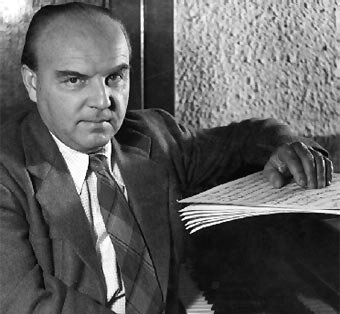






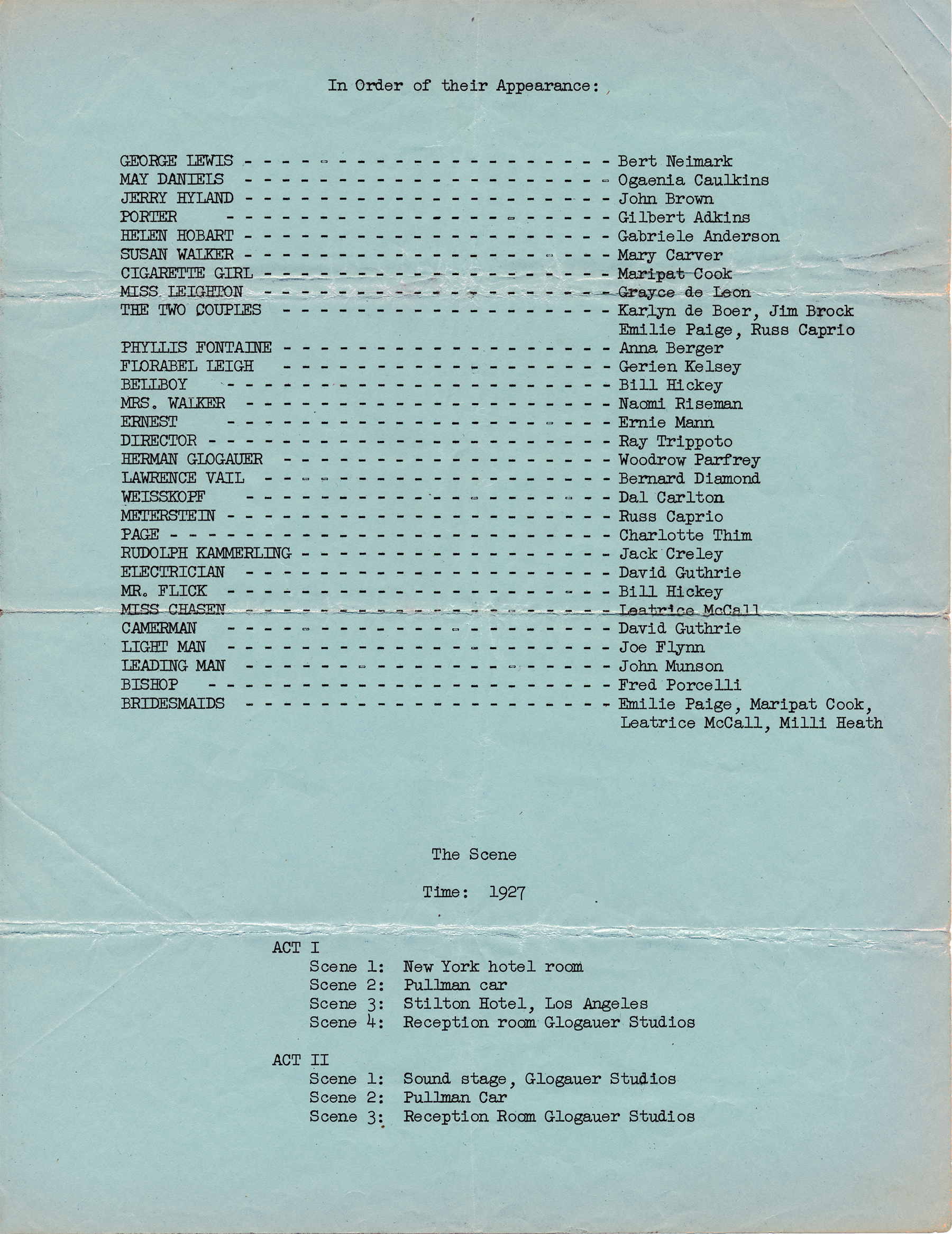











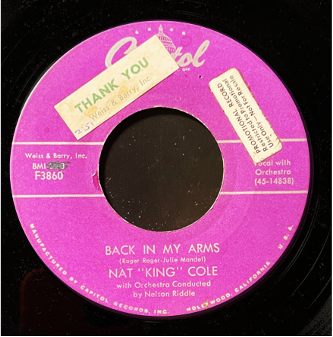
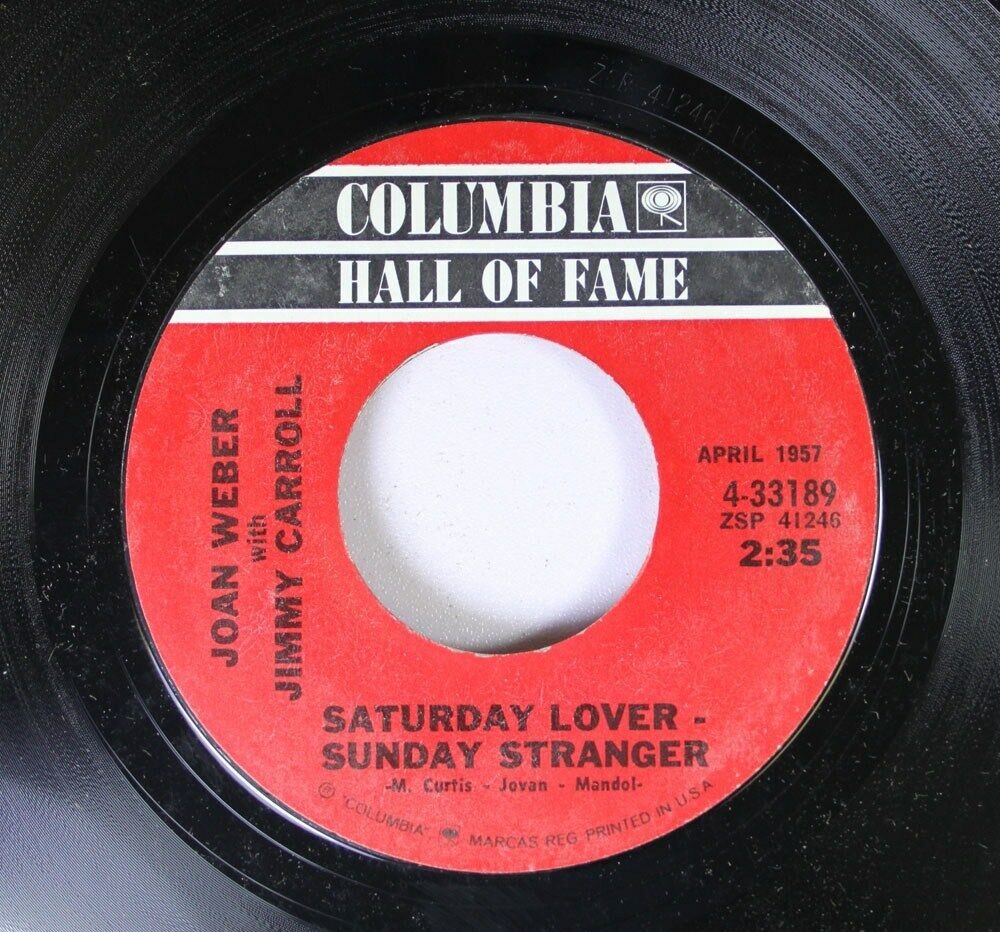
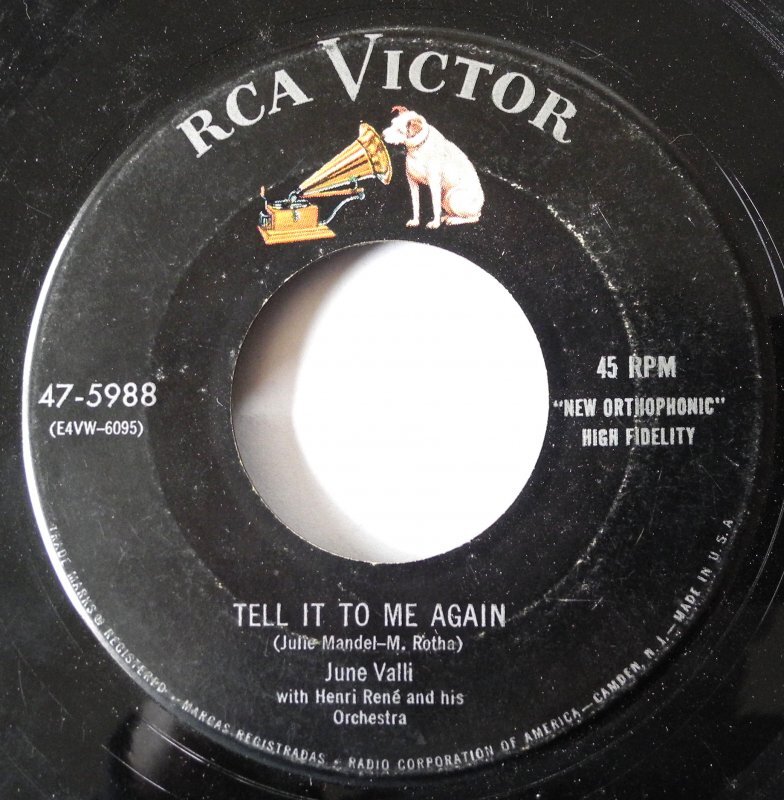
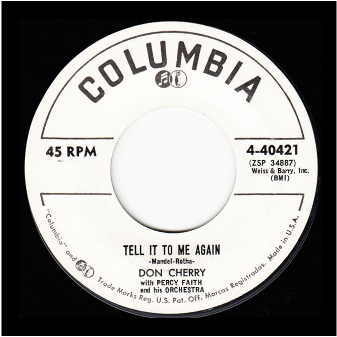
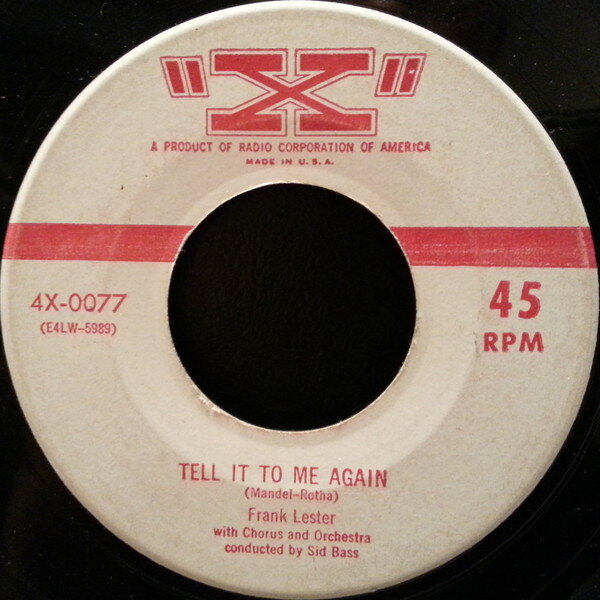
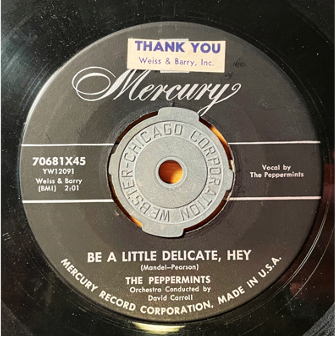
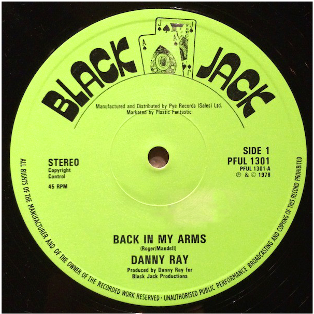










![The Ambre Solaire Commercial [1969] was recorded with two different lyrics.](https://images.squarespace-cdn.com/content/v1/5766d661b3db2b2a685baadd/1624821612202-JTAWVAAVHIXDJ7ICVQIC/Ambre+Tapes+with+Poster.png)

















